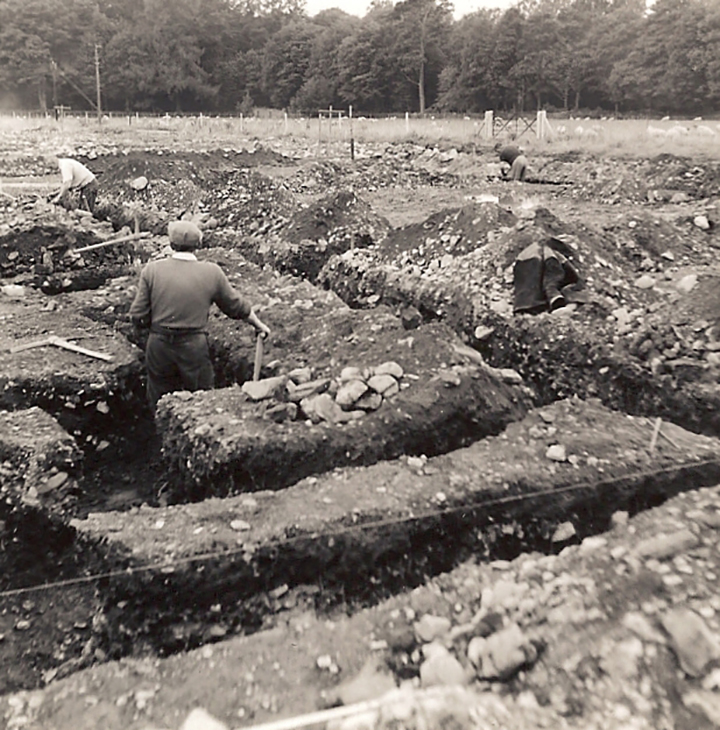The Short Sunderland, also known as a “Flying Boat, was built in the factory at White Cross Bay near Troutbeck Bridge, Windermere. It could take off and alight on water and was one of the largest aircraft made in the world at the time.
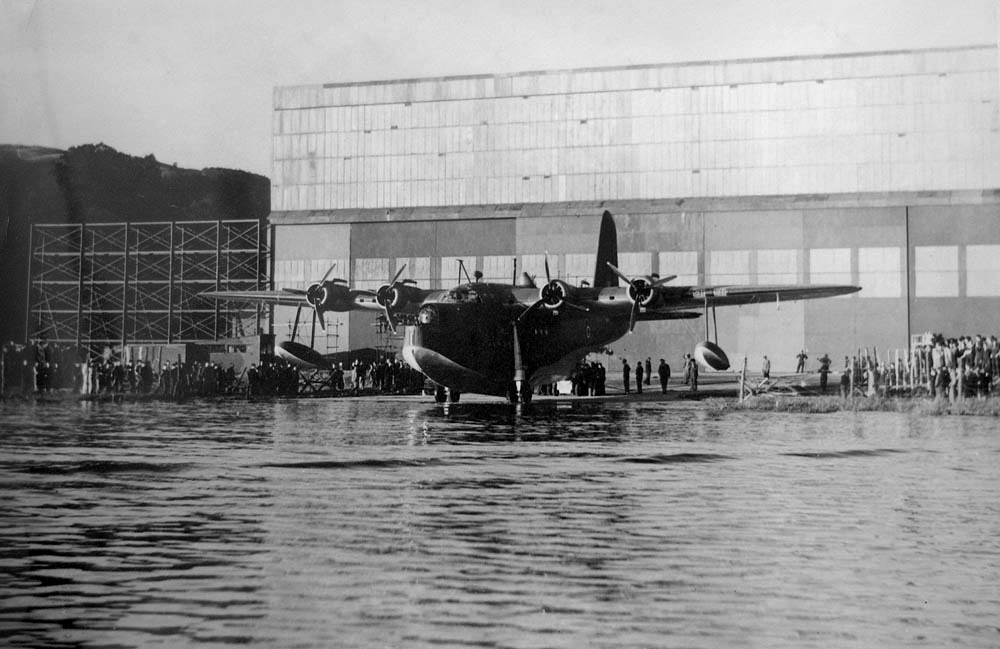
The main factory in Rochester was attacked and bombed in 1940 and a decision was made to build another factory at White Cross Bay in 1941, where approximately 1500 people worked from 1942 until the end of World War 2.
Further information about the Factory and Sunderland Flying Boats can be found at windermeresunderlandflyingboats.co.uk
In 1941 building work began on a piece of land at Troutbeck Bridge in order to provide 200 married quarters and separate hostels for 300 single workers. At the end of 1942 there were two shops, a canteen, assembly hall, club house, laundry, sick bay, policeman and a football team. The estate was known as Calgarth.
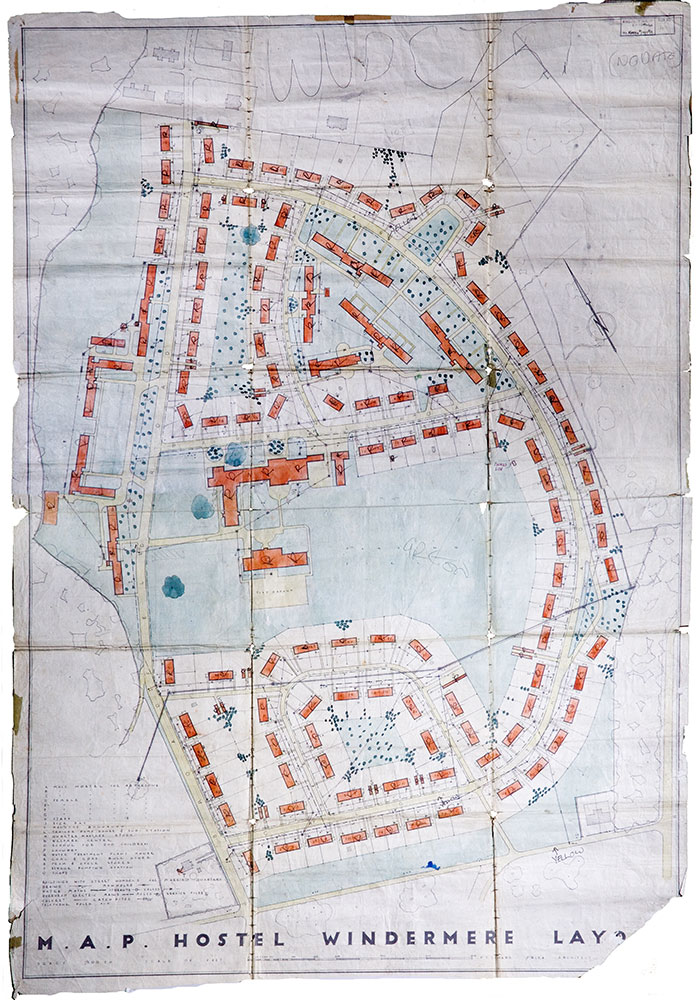
The semi-detached bungalows, though simple, were considered modern for the rural community of Windermere. They were single red brick constructions with asbestos roofs and had either two or three bedrooms, an inside bathroom and toilet and hot running water. The fire in the living room heated the range in the kitchen and the water. They had painted brick walls inside, linoleum floors and single glazed iron windows.

The factory workers called the houses ‘Shorts’ Palaces’ but the locals named Calgarth ‘Chinatown’. It was a community made up of people from industrial towns across the country.
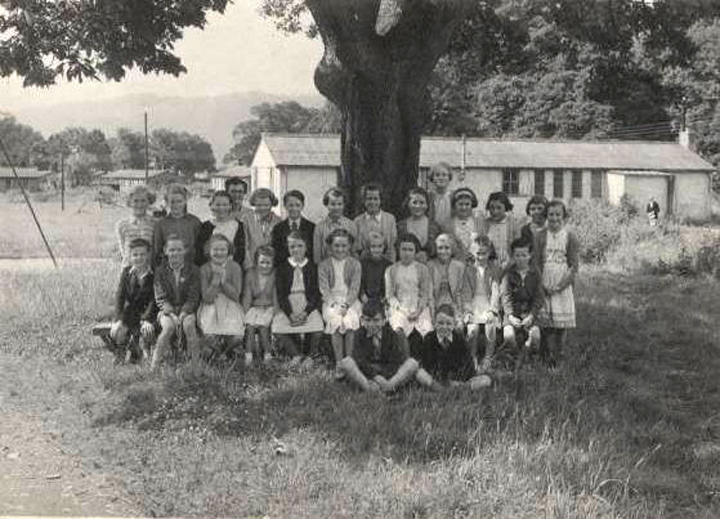
At the end of the war most of Short’s workers moved to find work elsewhere. However, because of the national housing shortage, many of their families stayed at Calgarth and, in 1947, 150 of the housing units were still occupied.
In August 1945, 300 Jewish child survivors of the Holocaust were flown from Eastern Europe to Carlisle. They were housed for a short time in the vacated hostels at Calgarth to begin their rehabilitation and many described their accommodation and area as coming to “paradise”.
For further information about the children please visit:ldhp.org.uk
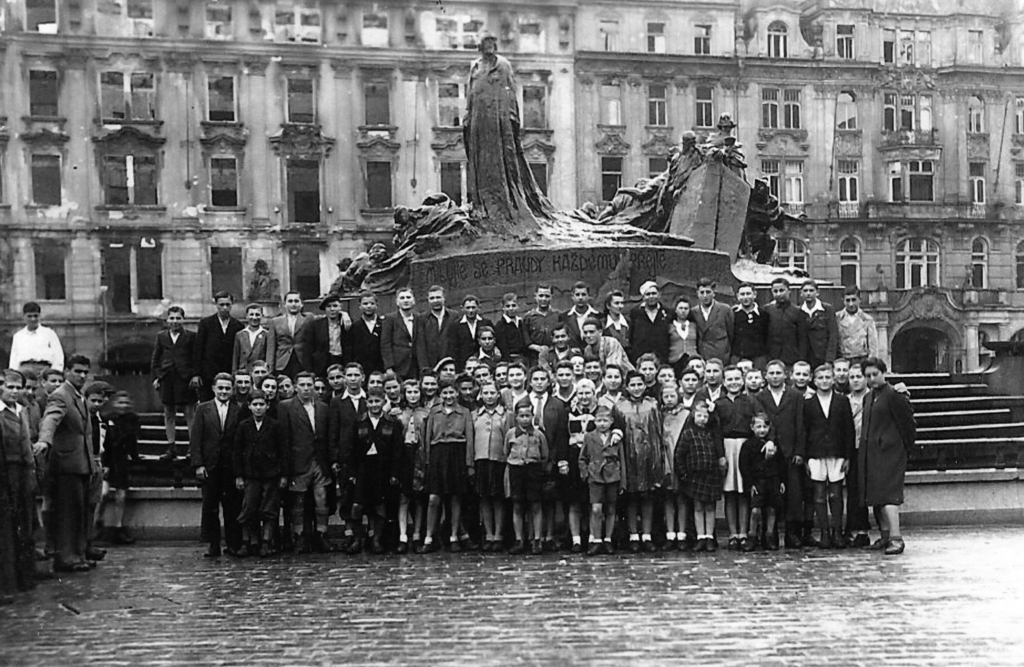
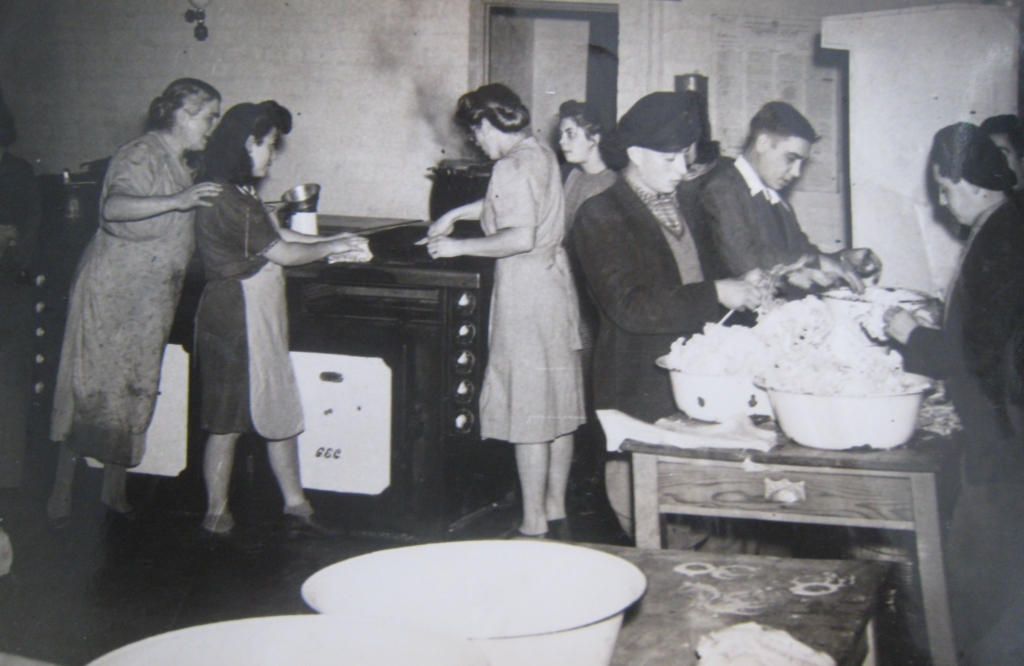
After the war other families were moved into the unoccupied bungalows and in 1946 the laundry, sick bays and hostels were also converted into dwellings.

By 1954 demolition work began and by 1961 the residents had been housed on Droomer Estate in Windermere, although the primary school was still in use until 1968.
The new secondary school, The Lakes School, opened in 1965 and the lower part of the estate had been restored to its former state. thelakesschool.com/the-lakes-school-cumbria/

